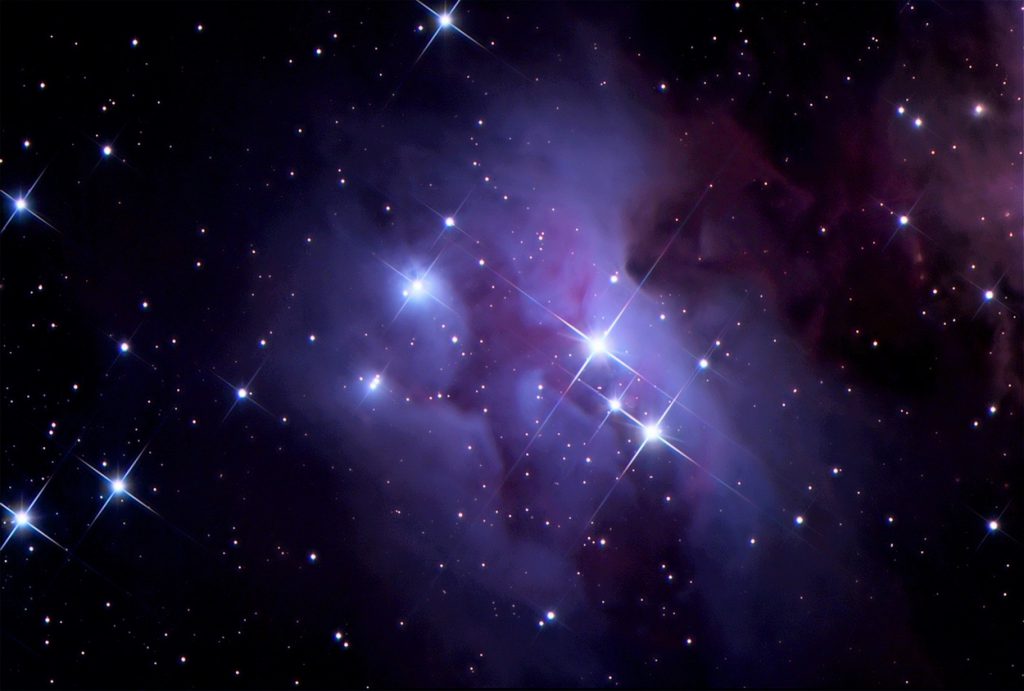From the time when November met its end, NASA had upped the ante for the idea of nebula pictures it had been sharing of late. Posting one more picture got by the Hubble Space Telescope, NASA teaches us about ‘The Running Man’ nebula, a complex of three nebulae. The two pictures shared by the association features two unmistakable pieces of the nebula NGC 1977, where surges of gas and buildup can be seen glowing close by the improvement of a fly emerging out of another star.
The region of space featured in the first picture is moreover a piece of the nebula NGC 1977 and shows a young star named Parengo 2042 controlling a fly of plasma that extends north of two light-years through space. The stream is the orange sparkle in the point of convergence of the image and as per NASA, the concealing is being emanated later the ionization of its gas. Also, the image moreover got ‘bow shocks’ considered to be blue waves that are defying the star 42 Orionis. Bow shocks got their names after streams of gas effects and move in a sickle shape through space. As per NASA, “This makes it particularly significant to experts since its overflowing stays evident under the ionizing radiation of nearby stars. Consistently the overflowing of planes like this would simply be perceptible as it collided with incorporating material, causing wonderful shock ripple effects that vanish as they cool”.
Also Read: Ocean & Soil Microbes Are Producing Enzymes That Can Degrade Plastic, Claims Study
.
In the ensuing Hubble picture, surges of gas and buildup can be seen glowing in what is a Herbig-Haro object known as HH 45. According to NASA, Herbig-Haro is an unprecedented class of nebula that structures when gas and buildup around a newborn child star collide with the gas shot by it, achieving splendid shock waves. Here, the blue concealing present in the image centers towards ionization of oxygen in the nebula while purple addresses ionization of magnesium. The nebula NGC 1977, which houses the object found in the ensuing picture, is a reflection nebula that doesn’t create its own light anyway reflects light from neighboring stars. “This area was observed by Hubble to look for wonderful planes and planet-forming disks around young stars, and examine how their present situation affects the evolution of such disks”, says NASA.
